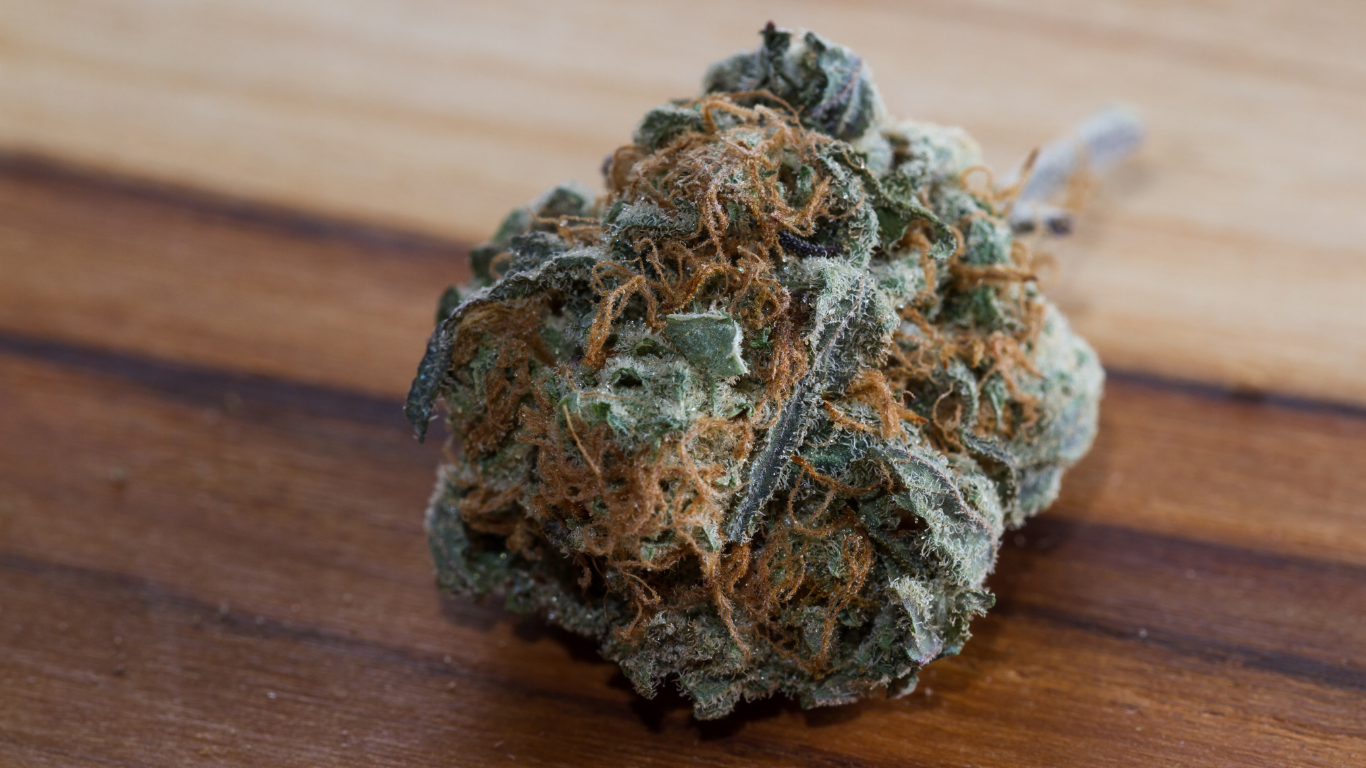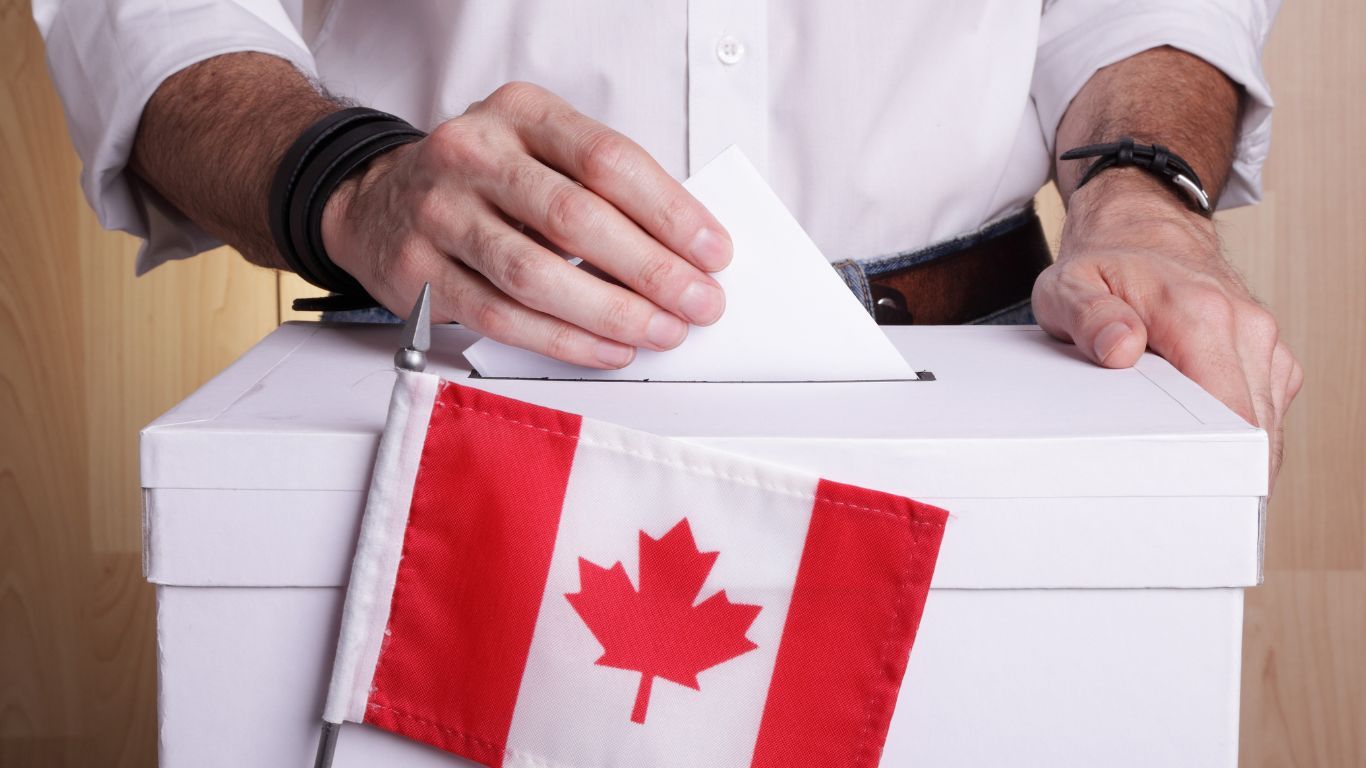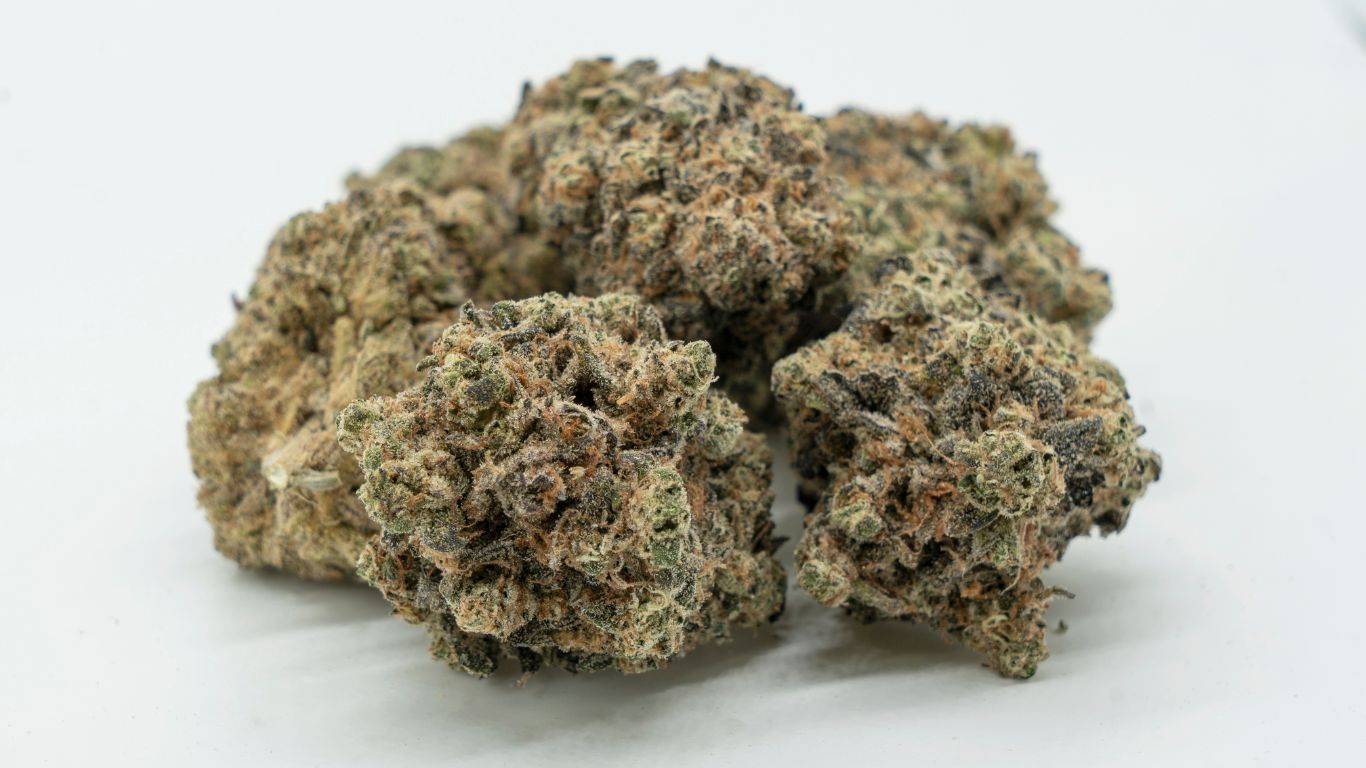
Cannabis consumers are often attracted to specific, so-called “strains” of cannabis flower, with the name becoming the brand. That’s great – except that there’s a serious lack of consistency, and no regulatory framework to establish a reliable taxonomy.
“The cannabis industry is full of misinformation,” says Geoff White, the CEO and Founder of both ProgenyBio Agricultural Services Inc. and CanGenX BioTech Inc. “The terms ‘strain’, ‘indica’, and ‘sativa’ are prime examples of this. I’m from the general agricultural perspective that ‘cultivar’ or ‘variety’ are more applicable, especially since cannabis is now in the realm of agricultural commodities.”
White has a well-informed perspective, given that ProgenyBio holds the licensing, and the facility, for which CanGenX BioTech’s technologies are developed and commercialized. He notes that some in the industry feel that ‘chemovar’ would be a better term than strain; however, as a new term chemovar might not get the traction of cultivar or variety, which are already familiar terms.
The problem isn’t trivial. Dried flower sold as a single product variety name can sometimes have inconsistencies. Tests of product sold in Canada, conducted by Richmond, BC-headquartered Segra International Corp., have found examples of differing genotypes – and on occasion genotypes that were not near neighbours. In fact, Dr. John Brunstein, Segra’s Chief Scientific Officer, has pointed out that some products sold in Canada are “nowhere close” to identically branded varieties.
Another 2017 study in Canada (Vancouver and Toronto), and in the United States (Washington State, Oregon, and Colorado), found 2,739 cannabis items under 1,263 names. Of those, nine represented 10% of the total, with 845 used only once. It’s unlikely that all of those 845 products represented unique strains.
“I believe that strain inconsistency is a very big problem,” says White. “All other agricultural crops require registered certified starting material to ensure the consumer receives a consistent product. The cannabis industry needs to look to well established agricultural practises and associations such as the Canadian Seed Growers Association (CGSA).”
The CGSA is the only Canadian organization that monitors and certifies pedigreed seed for all agricultural crops in the country (with the exception of potatoes). Having an organization like this on side would go a long way to ensuring credibility – but the market isn’t there yet.
“Currently, licensed producers of cannabis probably don’t see any value in the services that CSGA brings to the agriculture sector,” says Michael Scheffel, Managing Director, Policy and Standards for the CSGA in Ottawa. “The CSGA provides varietal (genetic) identity and varietal purity certification services, which is very important when selling a product, process or service into a crowded marketplace with many similar offerings. It’s perhaps less important within a vertically integrated operation.”
The majority of breeding efforts in the past have been focused only on a few key traits such as yield and THC concentration. The more genetics we have available, the greater likelihood in finding the traits we are looking for. Lesser known cannabinoids, interesting terpene profiles, pest and disease resistance, as well as faster cropping times are some of the things we’re looking at in our breeding program.
Geoff White, CEO & Founder of ProgenyBio & CanGenX
Risks in inaccurate naming
The costs associated with inaccurate naming for commercial growers include brand risk, and an uneven customer experience. On the medical side, the problems are potentially more serious, given the need for accurate variety and titration to ensure correct dosage within the therapeutic window. And then, of course, there is seller liability.
In the long run, strain inconsistencies also negatively affect medical research and breeding programs. At some point, something will have to give. The CGSA might have a role here.
“In the future, some cannabis companies may see the value of independent, third party certification of their genetics if selling to other LPs, or to the public,” says Scheffel. “We will gain a lot of experience with feminized hemp seed production over the next few years, and would be well placed to provide seed or plant varietal certification services to the cannabis sector in the future.”
For now, the market is reliant on private companies to shed light – and perhaps even to help fix – the problem. When looking at traits, there is clearly a lot of room to grow in terms of having more robust strain identification.
“The diversity of our genetic index is very important for our uses,” says White. “The majority of breeding efforts in the past have been focused only on a few key traits such as yield and THC concentration. The more genetics we have available, the greater likelihood in finding the traits we are looking for. Lesser known cannabinoids, interesting terpene profiles, pest and disease resistance, as well as faster cropping times are some of the things we’re looking at in our breeding program.”
Getting a handle on cannabis can be a more complex task than cultivating – and naming – other agricultural products like hops. As well, the number of characteristics being assessed can include a cultural response: at some point, a variety has to be accepted according to identifiable traits, even if there are some superficial differences. For that, however, we would need an authorizing body – something like a breeders’ organization – to assess which common phenotypic traits are relevant.
We already see this in ornamental flowers, which come in many colours, and even in animal breeds – it’s been determined, for example, that a Dalmatian is still a Dalmatian, whether its spots are black or liver-coloured. That said, there is still a lot of work to do.
“Without any prior experience with this sort of seed production, it’s been a challenge to fully understand and address various risks that could impact the quality of the final product,” says Scheffel from the CGSA. “Strict isolation requirements to prevent contaminating pollen, sanitation regimes for greenhouses, record keeping and plant breeder quality management systems are some of the ways that we plan to mitigate risks.”
A few things are certain. Given that the term strain refers to microorganisms, the market is likely on safer footing using variety or cultivar as descriptors. As well, DNA fingerprinting tests such as those used by Segra International can be reliable and robust, utilizing small data sets – they’re easily analyzed for identity and relatedness.
This means that the era of arbitrary naming may be coming to a close. Whether the final arbiter is the CGSA or a consortium of certified private labs, it seems all but certain that the wild west we live in now, where multiple names can be applied to one clone, may be coming to an end soon.











